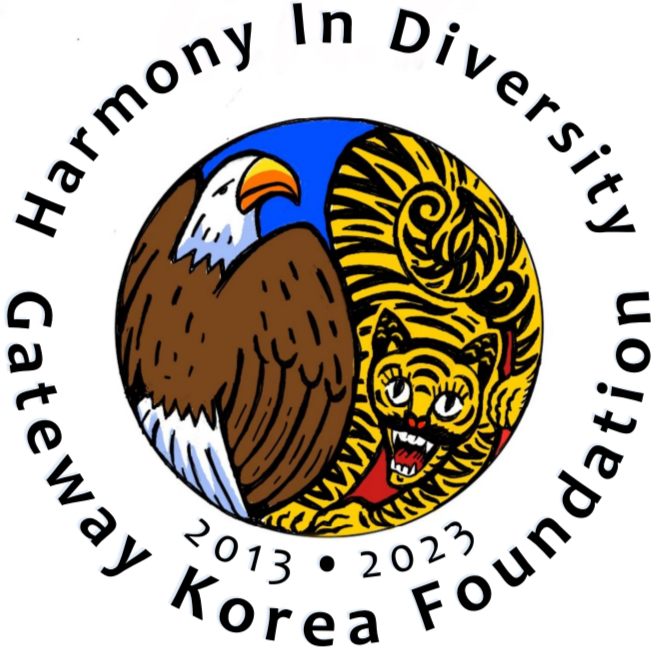Written by Rosemarie Nahm
Source: https://medium.com/@rynahm/at-2-p-m-372ea47e6072
“At 2 p.m. Saturday, March 1st. 1919, the Independence of Korea was declared . . . at Tai-Wha-Kwan in the City of Seoul, and the Independence Proclamation was read to the expectant public gathered at Pagoda Park, while the old liberty bell in the heart of the city broke its long silence.”
- Warren Kim, Koreans in America
As we observe the centennial of the March 1, 1919 Movement (aka “Mansei Movement” or “Sam Il Undong” in Korean) this year, it is a timely opportunity to study the critical role that San Francisco played in the early Korean immigrant community and its independence movement in the mainland U.S. The fight for independence and early Korean immigration history are intricately connected, and unbeknownst to many, San Francisco was at the nexus of the two for a number of reasons. San Francisco was the main port of entry on the west coast from the late 1800’s to 1940 and most early Korean immigrants to the mainland U.S., including many political exiles and student activists, first landed here. The peak period of the first major Korean migration into the mainland U.S., roughly from 1903 to 1917, coincided with Japan’s increasing aggression in Korea with Japan’s declaration of Korea as its protectorate in 1905 and its annexation of Korea in 1910. So as these early immigrants landed in San Francisco, restoring Korea’s independence was the paramount issue on their mind. Last but not least, as a port city, San Francisco was a convenient, centralized place for the leaders to meet as well as to organize the early immigrants who were small in number and spread out widely across California and the western states. By virtue of geopolitical events, location and timing, San Francisco was where Koreans in the first two decades of the 1900’s began the work of organizing a new immigrant community and their independence movement from America.
A Tale of Two Places
When Korean Americans think of early immigration history, the first instinct is to think of Hawaii and not California. In actuality, early Korean immigration history is a tale of both places. Whereas Hawaii had the larger Korean population through the 1950’s (see table below), California and in particular San Francisco had the key infrastructure for leadership, organization and communication in the early 1900’s that would shape the beginnings of both the independence movement and the early immigrant community. By “early Koreans” or “early Korean immigrants”, I refer generally to those who landed in the mainland U.S. from the late 1800’s until 1924. The peak period of early Korean immigration was roughly from 1903 to 1917, the number dropping off as the U.S. entered World War I and required all aliens to carry passports visaed by a U.S. consul on national security grounds.¹ Then the Immigration Act of 1924 excluded all aliens who, based on race or nationality, was ineligible for U.S. citizenship, which included all Asians. Due to these strict restrictions on Asian immigration, from 1921 to 1940, only 289 Korean students were able come to the U.S. with valid passports issued by the Japanese government.² Table below.³
To read a full story, please visit https://medium.com/@rynahm/at-2-p-m-372ea47e6072.


